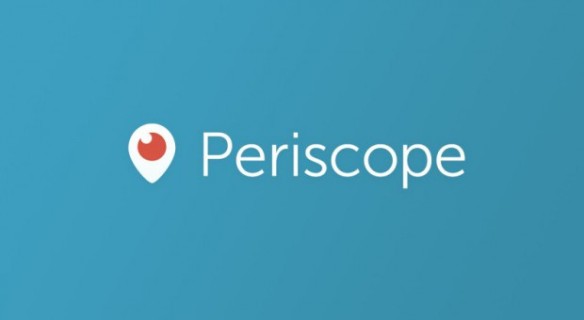Two weekends ago I undertook a sizable project: I cleared out the dead wood and branches from a set of bushes in my backyard. The bushes were looking pretty ugly and once I got in there I saw that fully three quarters of what was there was just dead wood, some of which practically fell apart in my hands. Once I was done I had a huge pile of branches that had been removed and a few bushes that (while they’re still not my favorite) at least looked better than they did a couple hours earlier.
This past weekend I did something similar, but this time it was on Twitter. I spent a couple hours essentially unfollowing almost everyone. I’m not following only a few hundred accounts, mostly either news organizations, my favorite bands, a few other brand accounts I’m interested in and then maybe 15 individuals whose opinions I truly and consistently respect and want to see. This was long overdue and, honestly, I feel about 20 pounds lighter.
I’ve been on Twitter for 7+ years now and the number and type of people I was following showed that. It was a miss-mash of people who were relevant to me at one point but whom I haven’t interacted with or even taken an interest in since about two weeks after I did so, news accounts that were no longer active and haven’t been since 2012 and more dead wood. As much as I love the messy stream of the Twitter timeline, this was getting to be oppressive.
Tweetdeck has been my desktop app of choice for a while now, largely because of its ability to support Twitter Lists, which is how I broke out some of the accounts I was following into easier-to-follow segments. That way if someone I was *really* interested in reading updates from posted they wouldn’t get lost in the rest of the timeline, at least not as quickly. But even that wasn’t working for me anymore and I needed a fresh start.
I do plan to build back up the list of people I follow over time. But after seven years of haphazard follows with no overall direction or idea of what I wanted my Timeline to be this kind of clearing of the baffles was long overdue.









 What Is It: The Pew Research Center is out
What Is It: The Pew Research Center is out